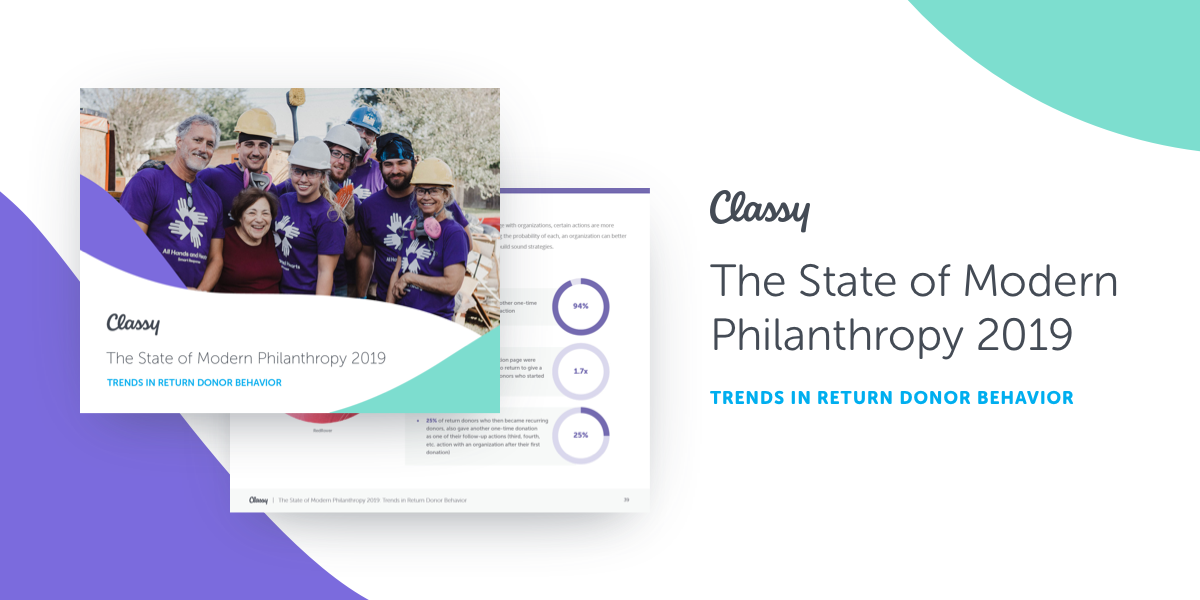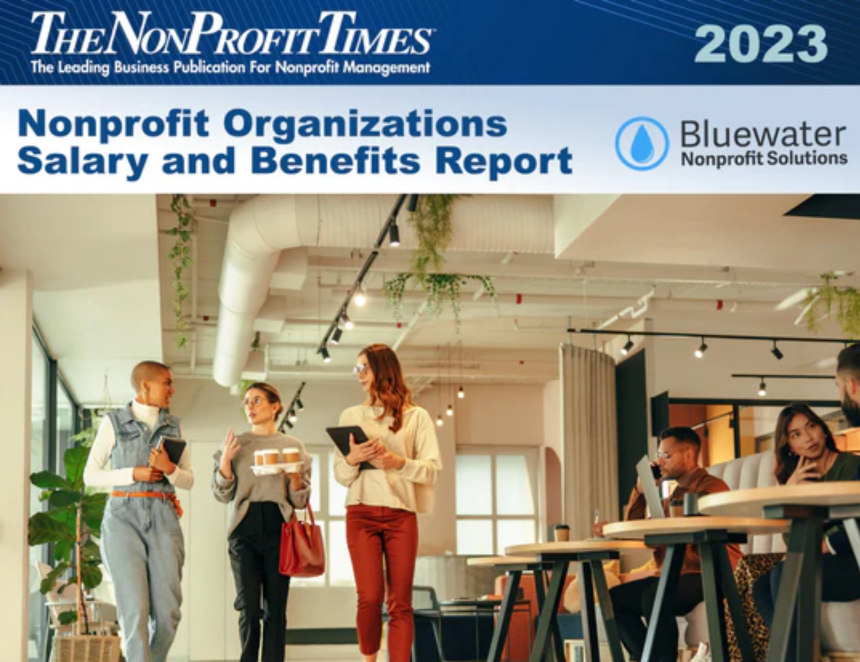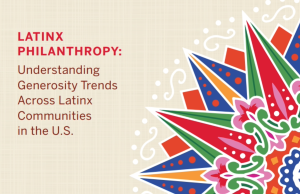In an age of shrinking donor universe, recurring donors have become the holy grail of fundraising, more valuable than most any other type of donor. A new report indicates that they might be even more valuable than just their monthly gift and fundraisers might not have to fear reaching out too often to ask.
Almost one in five return donors (19 percent) came back within three months of making their gift and one in four (25 percent) donors who made a recurring gift subscription went on to make another one-time gift, according to a new report from Classy. The San Diego, Calif.-based fundraising platform today released “The State of Modern Philanthropy 2019: Trends in return donor behavior.” The 58-page report examined almost 1 million transactions that it processed last year.
 The findings indicate a potential opportunity to re-engage donors sooner. A typical return donor made a second donation around 349 days after their first donation. “We saw lots of different opportunities more quickly than that,” said Ben Cipollini, director, data science at Classy. One-time donors returned about 135 days sooner, about 4½ months, to start a recurring gift rather than to give a second one-time donation or become a fundraiser.
The findings indicate a potential opportunity to re-engage donors sooner. A typical return donor made a second donation around 349 days after their first donation. “We saw lots of different opportunities more quickly than that,” said Ben Cipollini, director, data science at Classy. One-time donors returned about 135 days sooner, about 4½ months, to start a recurring gift rather than to give a second one-time donation or become a fundraiser.
“There’s an opportunity for nonprofits to present thoughtful content and a variety of next steps to donors earlier to close the gap between first and second actions and build more meaningful donor relationships,” according to the report’s authors.“Our analysis illustrates that recurring givers are more than just a passive, automatic transaction; they actively give on top of their subscription.”
Return fundraisers typically raised more than two times as much (126 percent) as one-time fundraisers. One-time fundraisers raised $222 compared with $501 by return fundraisers.
About one quarter (25 percent) of those recurring donors will give a subsequent one-time gift and 18 percent of new donors typically are retained. “It’s nothing we’ve heard before, and higher than we really expected,” Cipollini said. Rather than just simply being subscribed, these recurring donors are highly engaged and supportive of the organization, he said.
There are opportunities to re-engage in different ways across different channels, he said. If donors are coming back on a different channel, they tend to give more, Cipollini added, while those who came back on the same type gave about the same as before.








